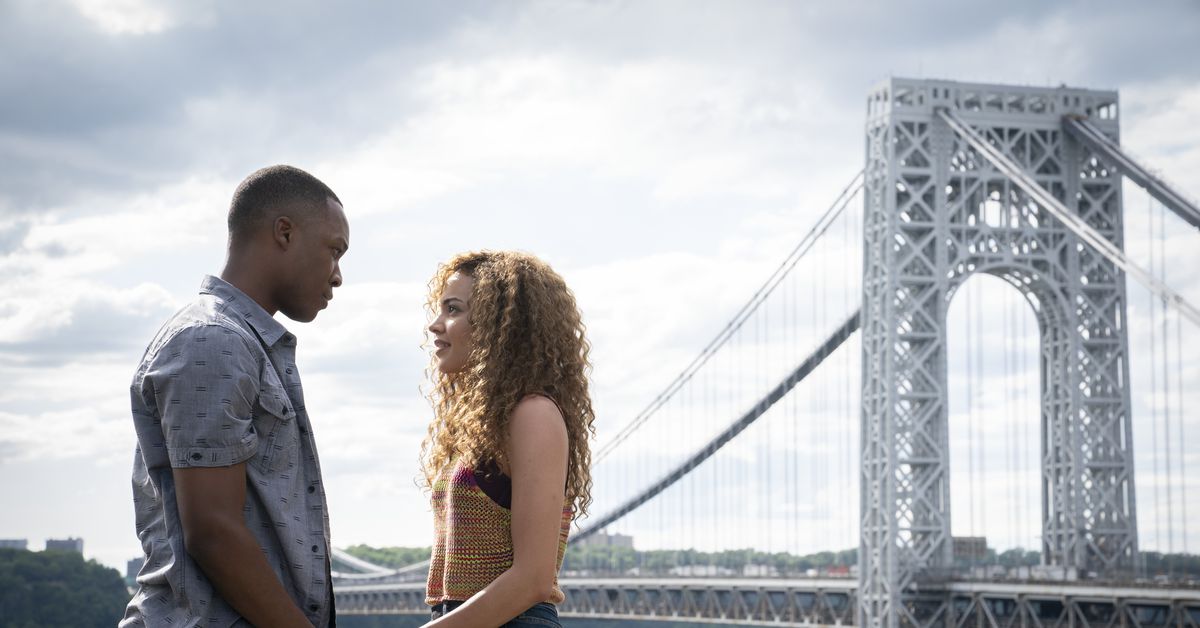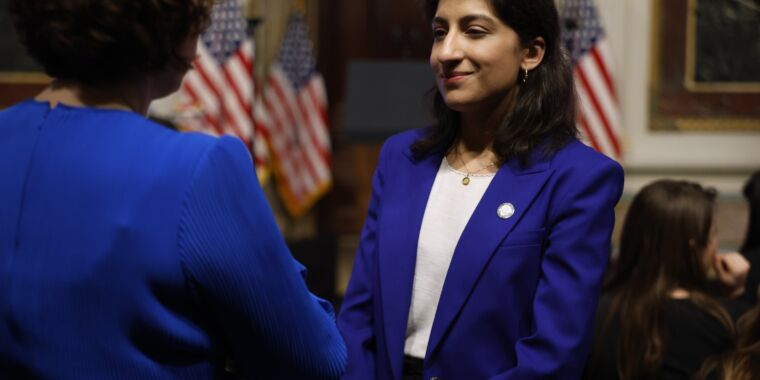
The backlash against In the Heights, explained
The new film adaptation of Lin-Manuel Miranda’s Broadway show relegated its Black Latinx community to the background and sparked a debate about colorism.
Despite an early onslaught of critical praise, the highly anticipated film adaptation of Lin-Manuel Miranda’s first Broadway musical In the Heights failed to draw crowds to movie theaters over its premiere weekend. Instead, a wave of backlash surfaced over the film’s lack of visibly dark-skinned Afro Latinx characters — the very community the film purports to represent.
The Tony-winning hit musical that made Lin-Manuel Miranda a Broadway name half a decade before Hamilton debuted depicts a struggling but vibrant neighborhood on Manhattan’s upper Upper West Side. But while the new film is a celebration of Washington Heights, it’s very easy to come away from it thinking that the community is entirely made up of mostly light-skinned Latinx migrants and immigrants. Though a large portion of the neighborhood’s real-life population is Black Latinx, in the movie, all but one of the main cast members are light-skinned — and many viewers immediately noticed what seemed to be the erasure of the Black Latinx community.
Discussion on social media about the film quickly focused on its perceived colorism — prejudice against darker-skinned Black people and positive bias toward those who are lighter-skinned. Conversation centered on an interview released June 9 between the film’s director, Jon M. Chu (Crazy Rich Asians), and the Root’s Felice León, in which she asked a clearly unprepared Chu, “What are your thoughts on the lack of Black Latinx people represented in your film?”




/cloudfront-us-east-2.images.arcpublishing.com/reuters/NSYWHTSXJVKJ5FGXAKKI66ZVF4.jpg)














